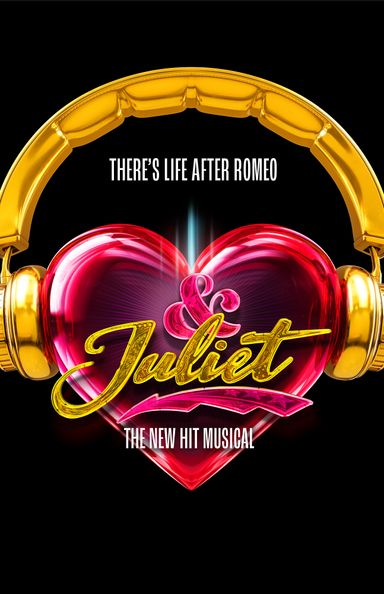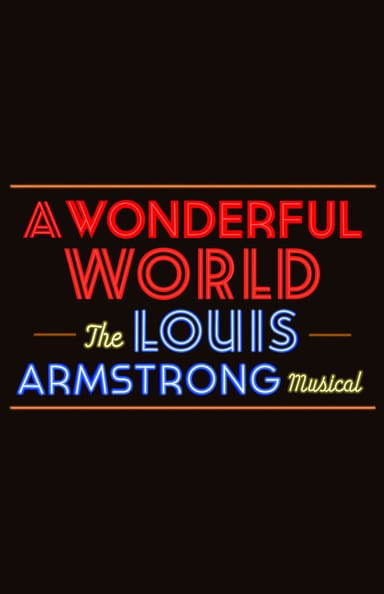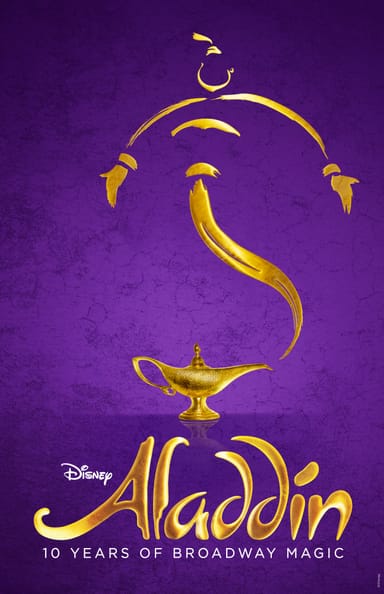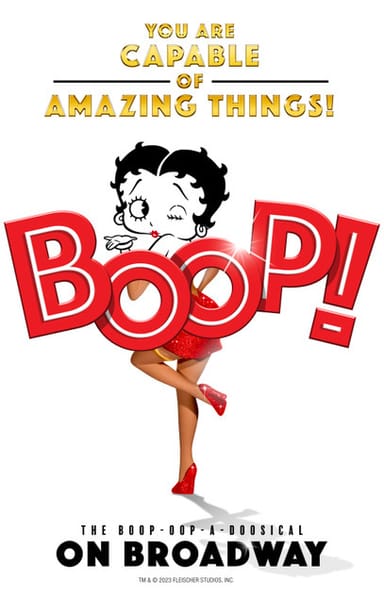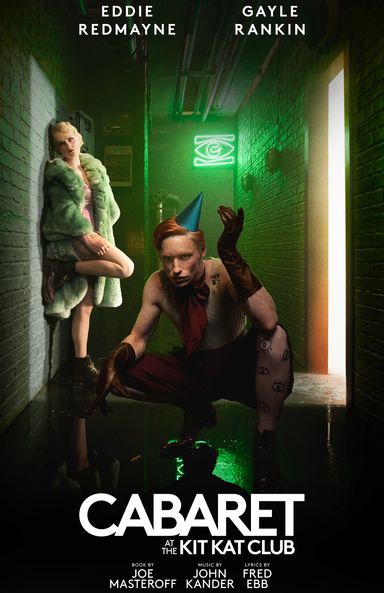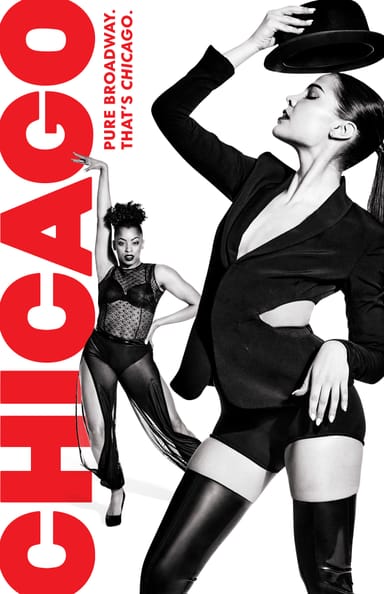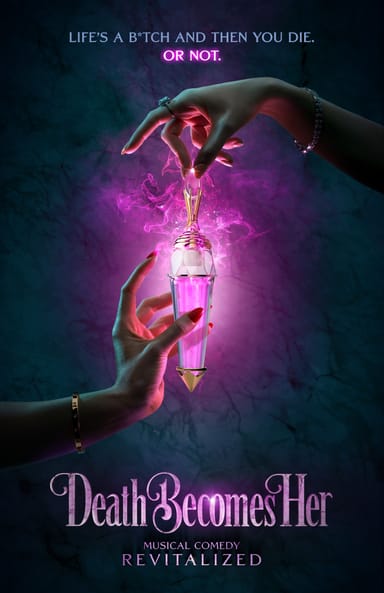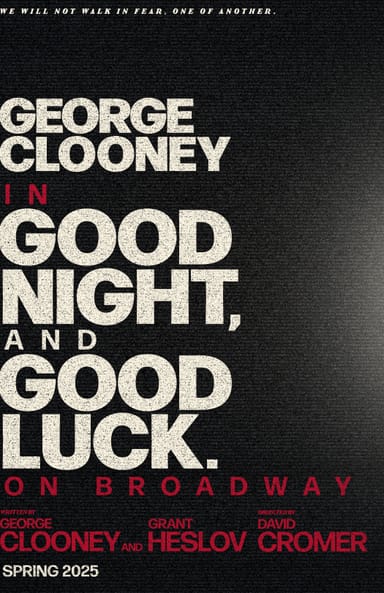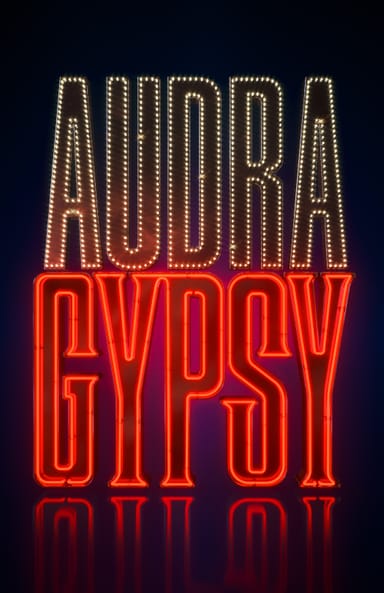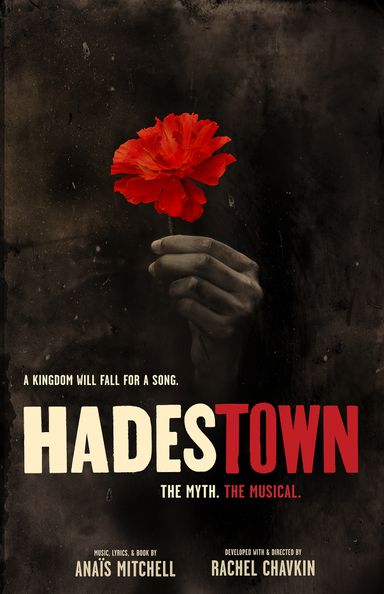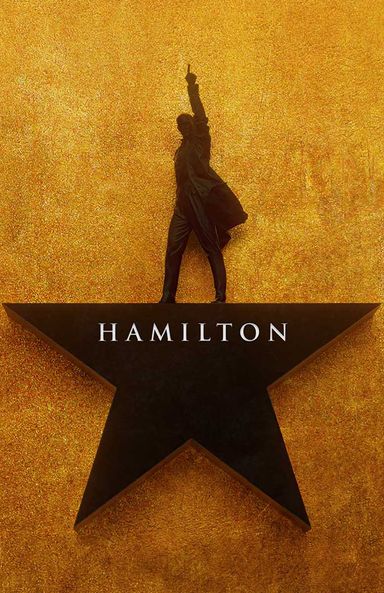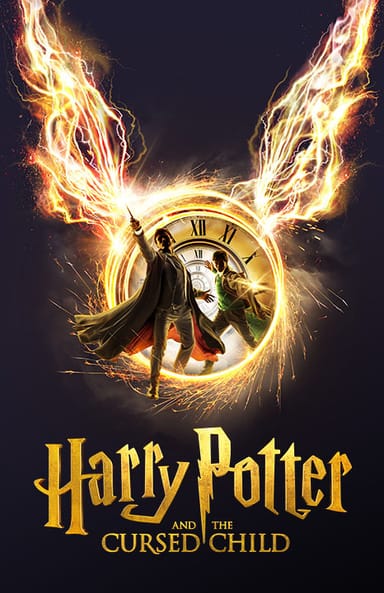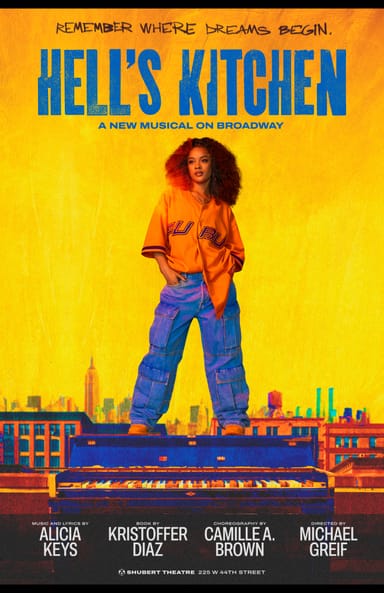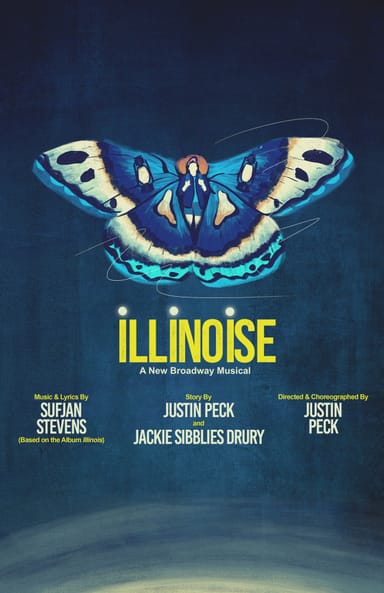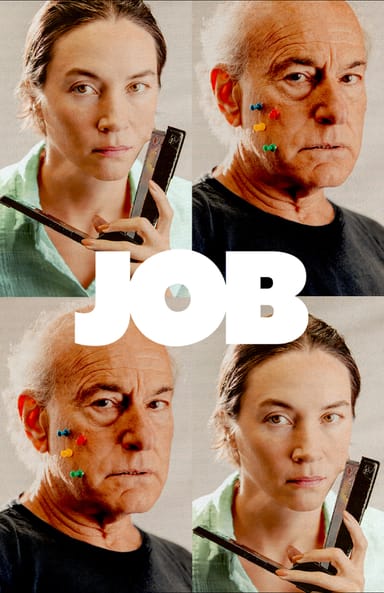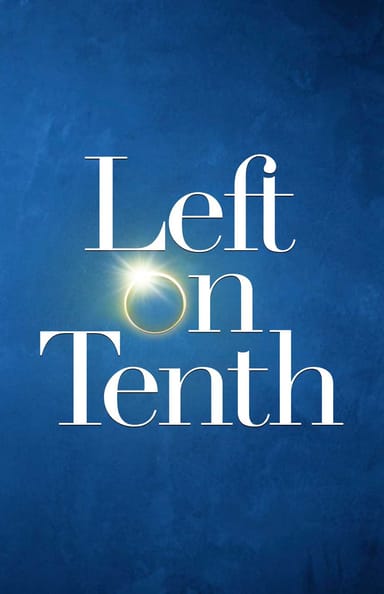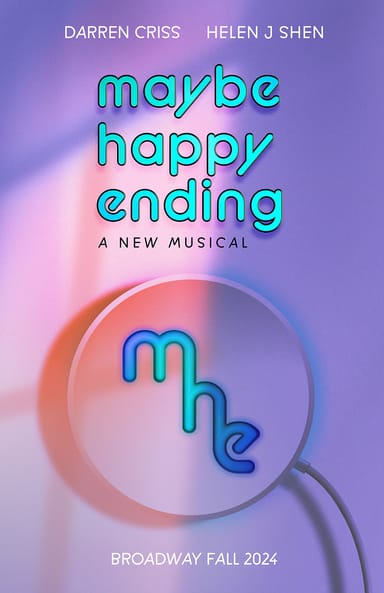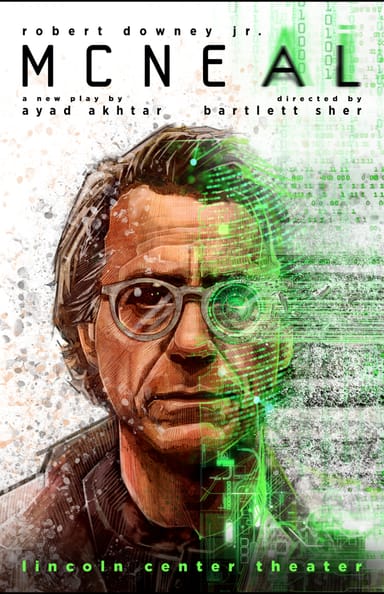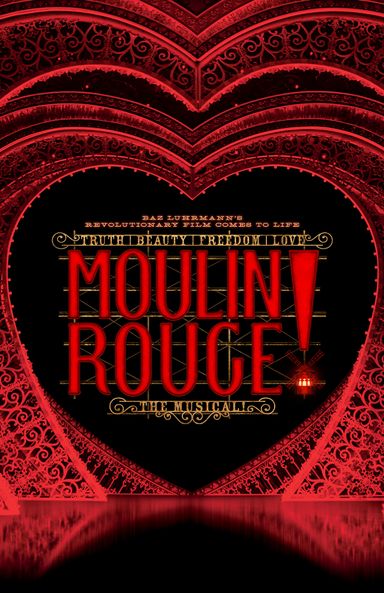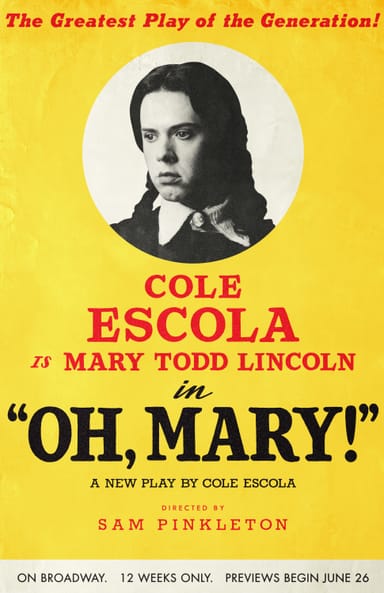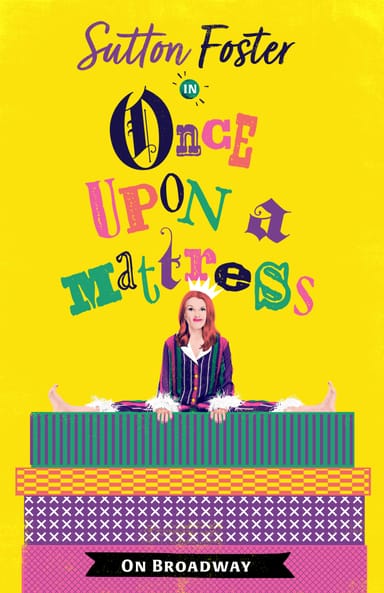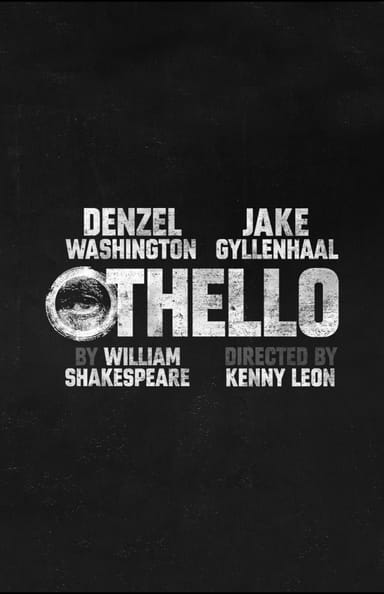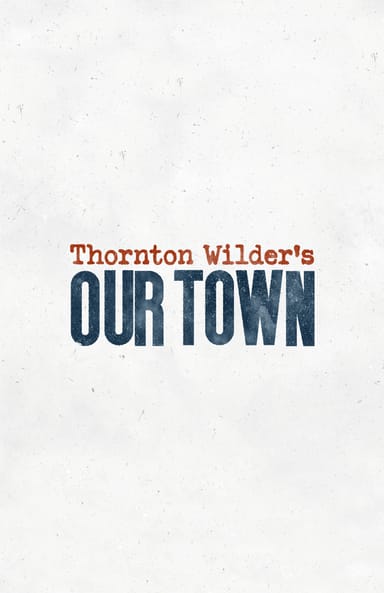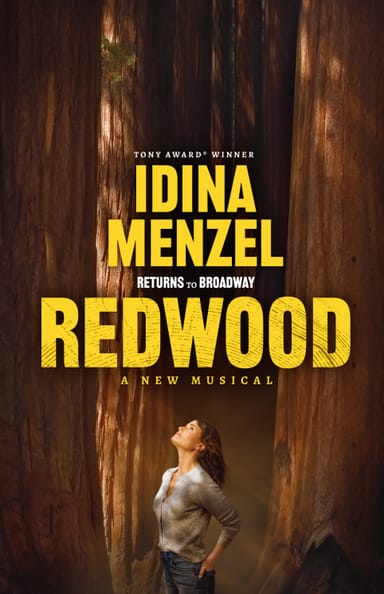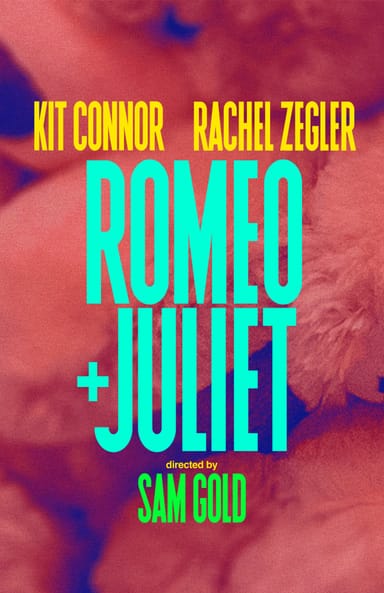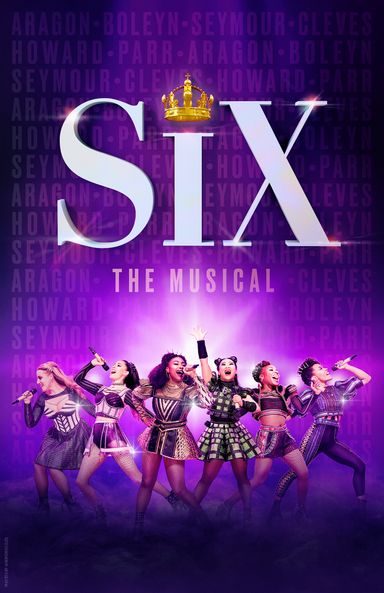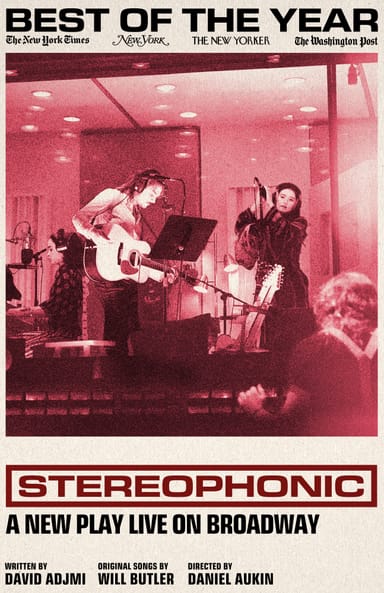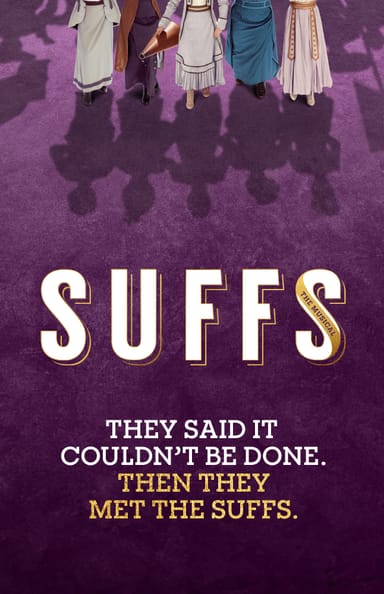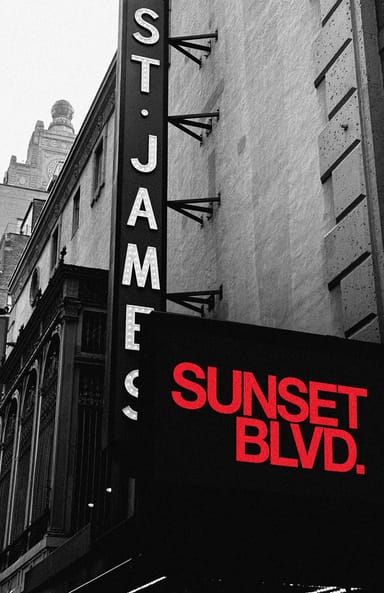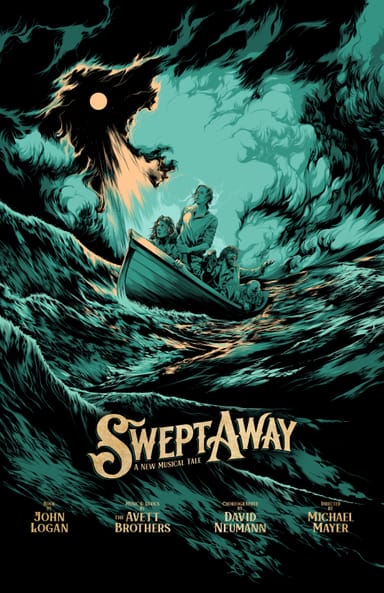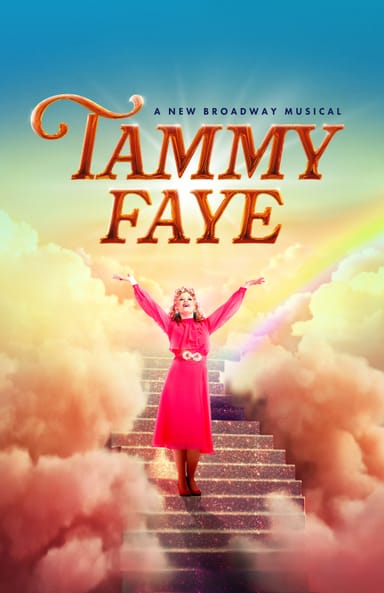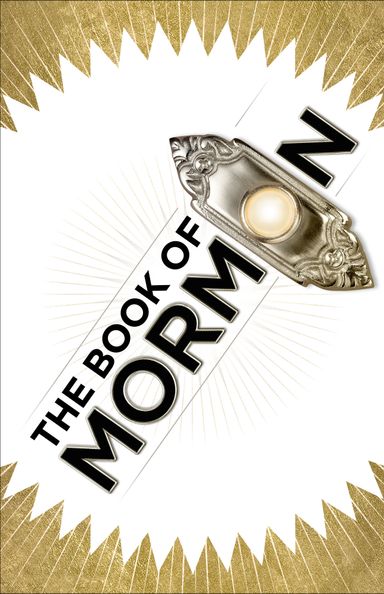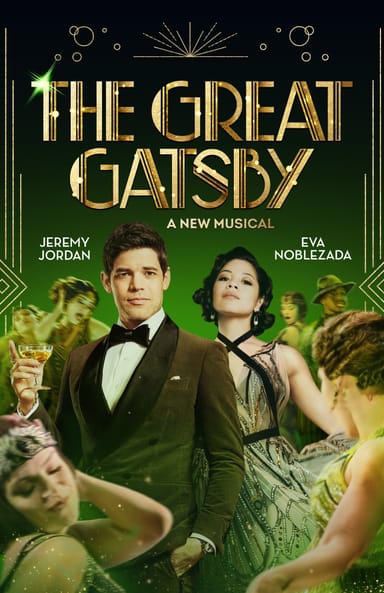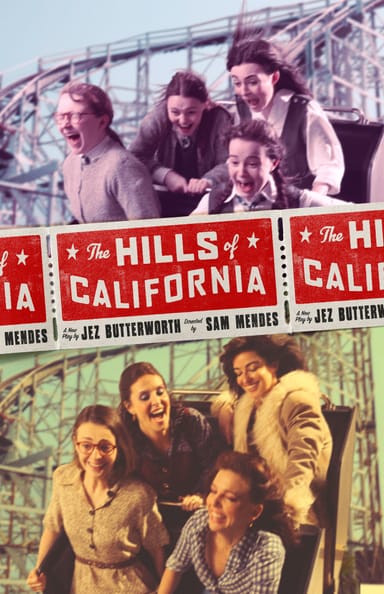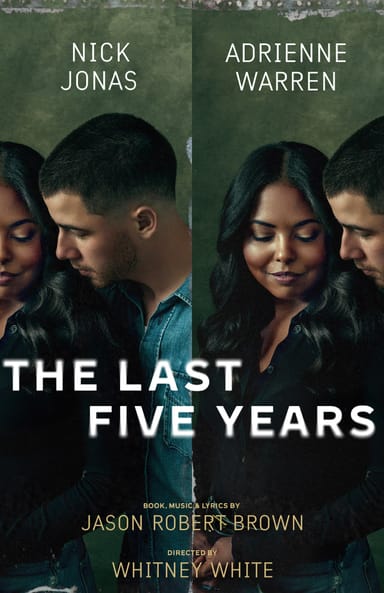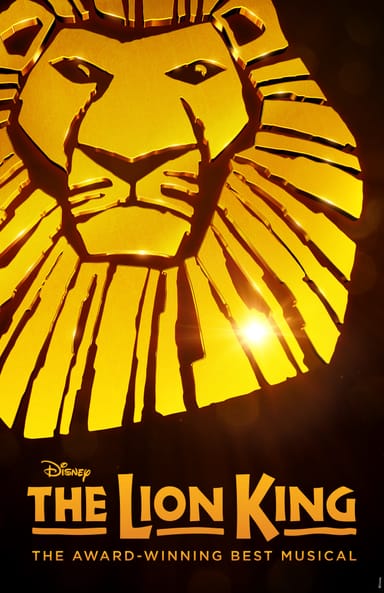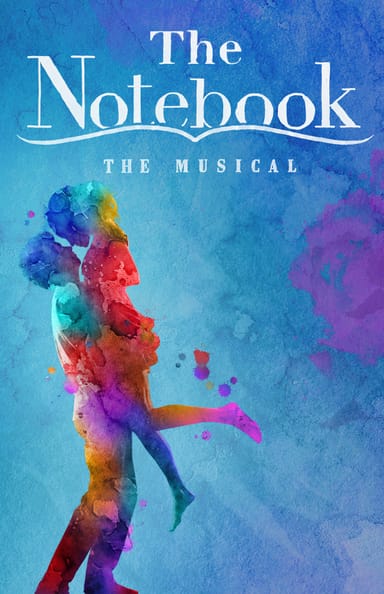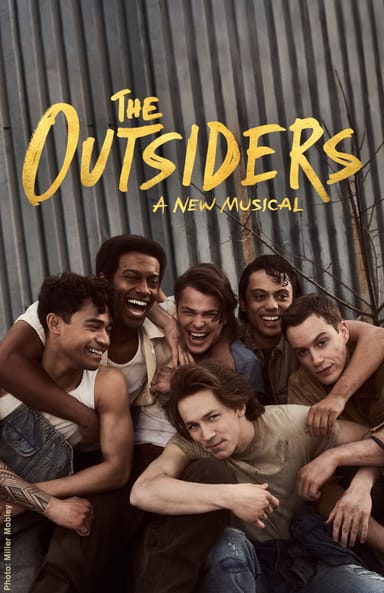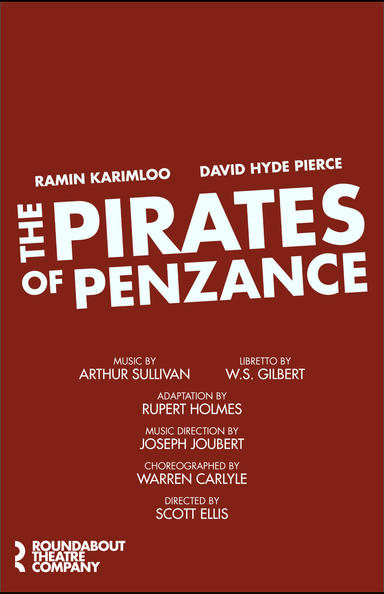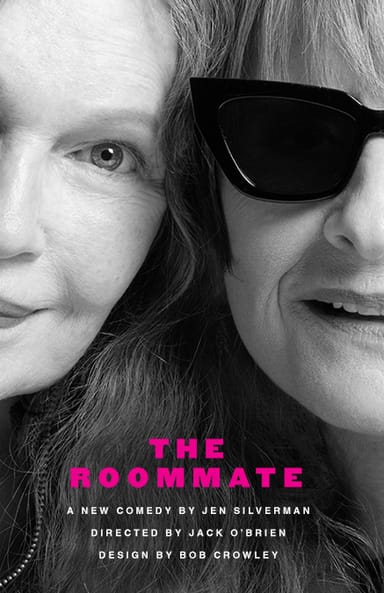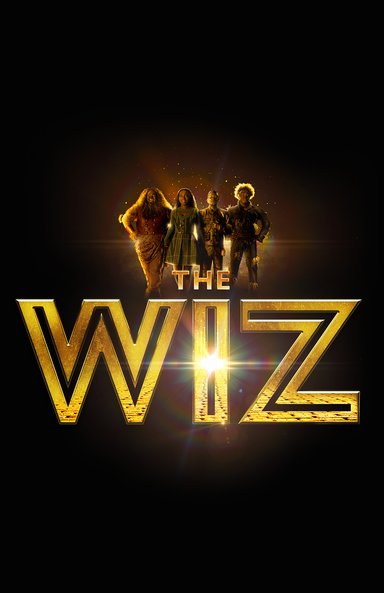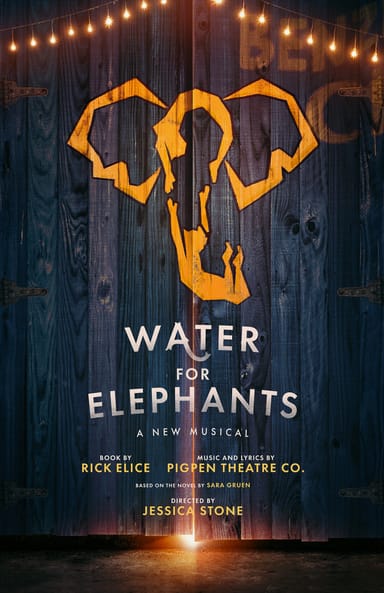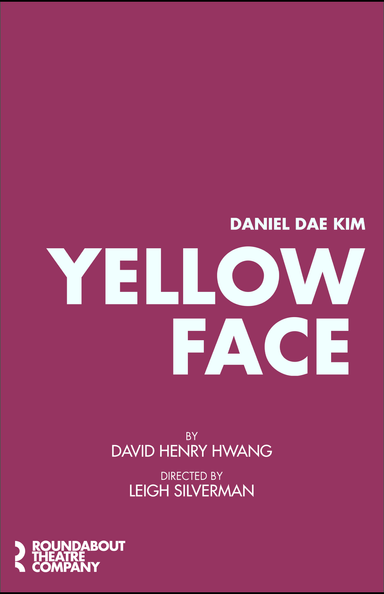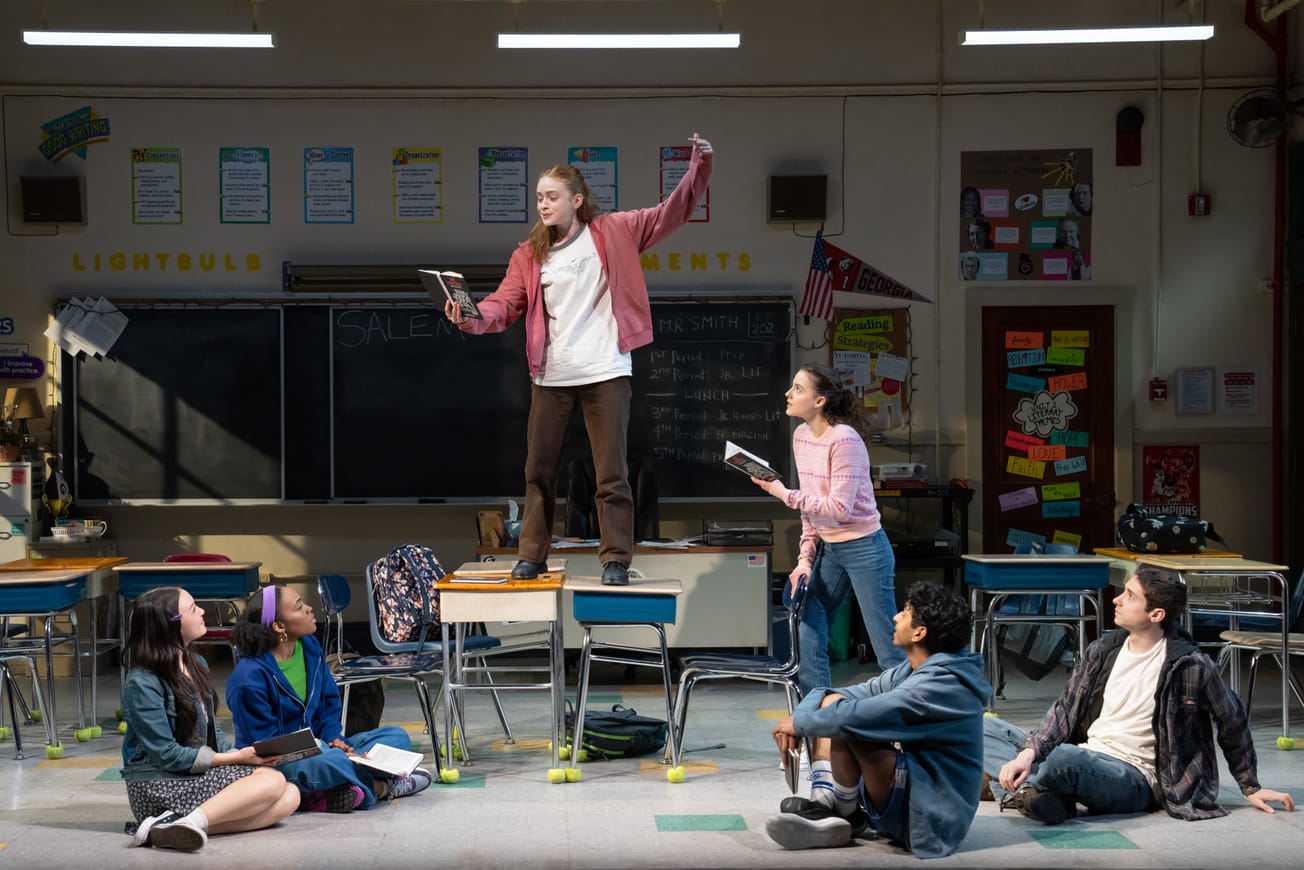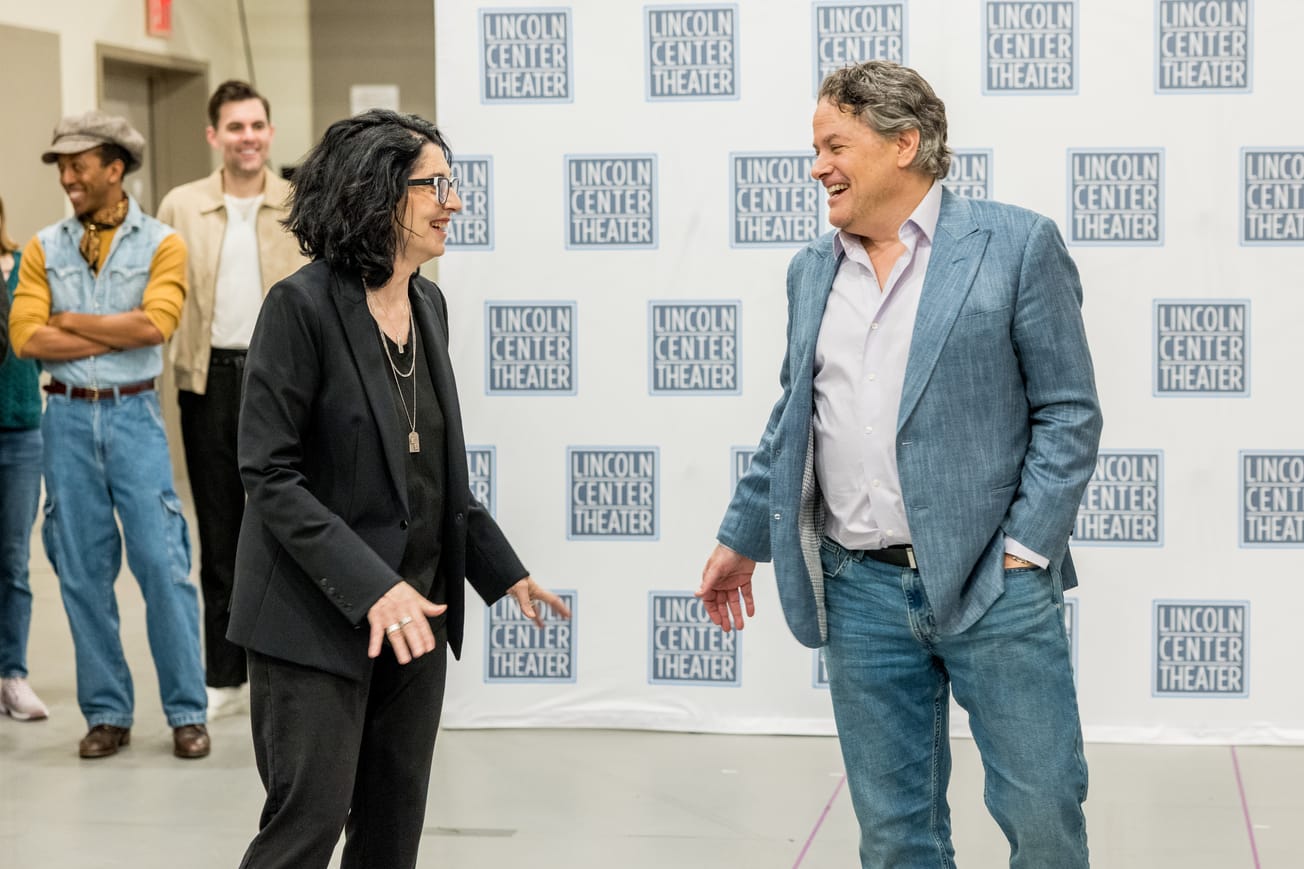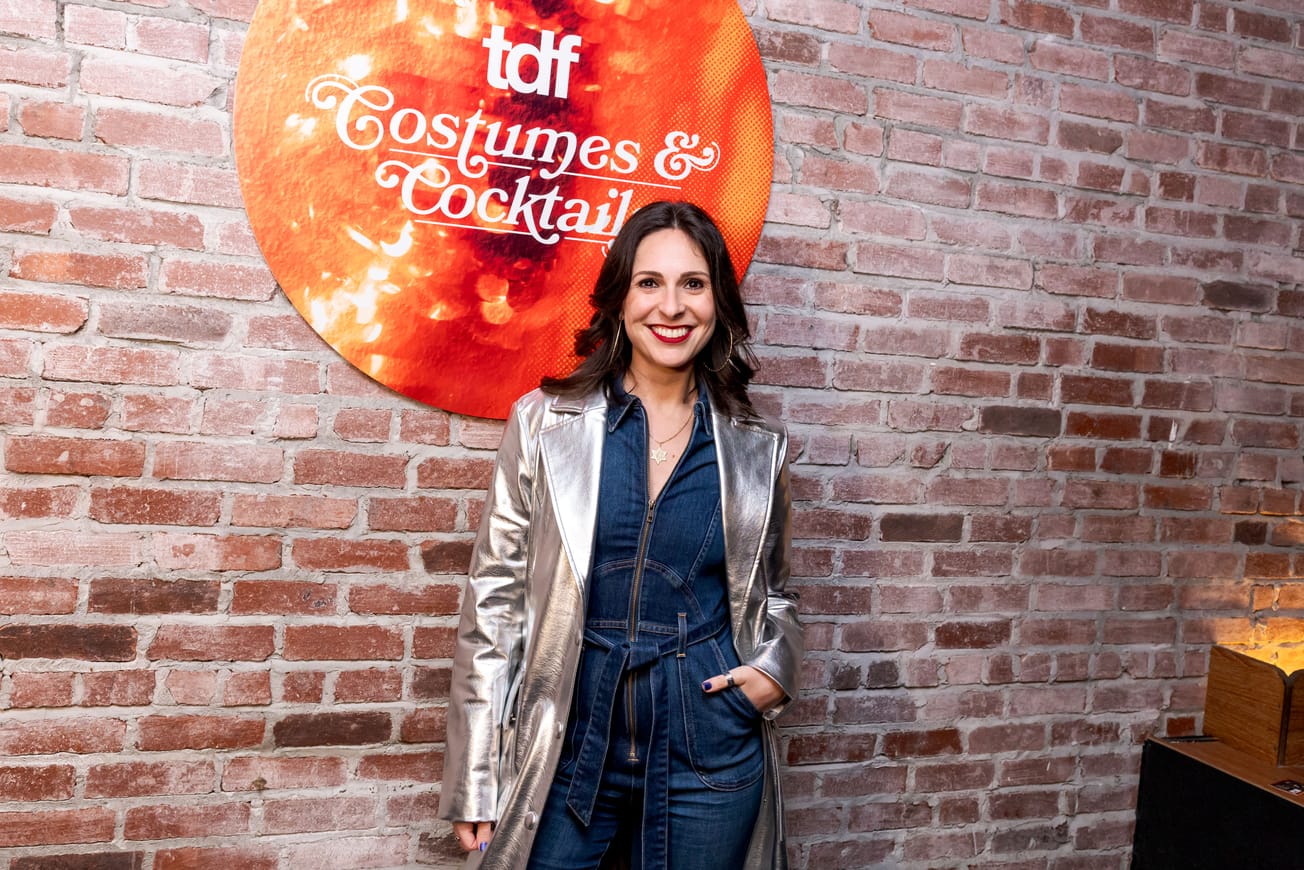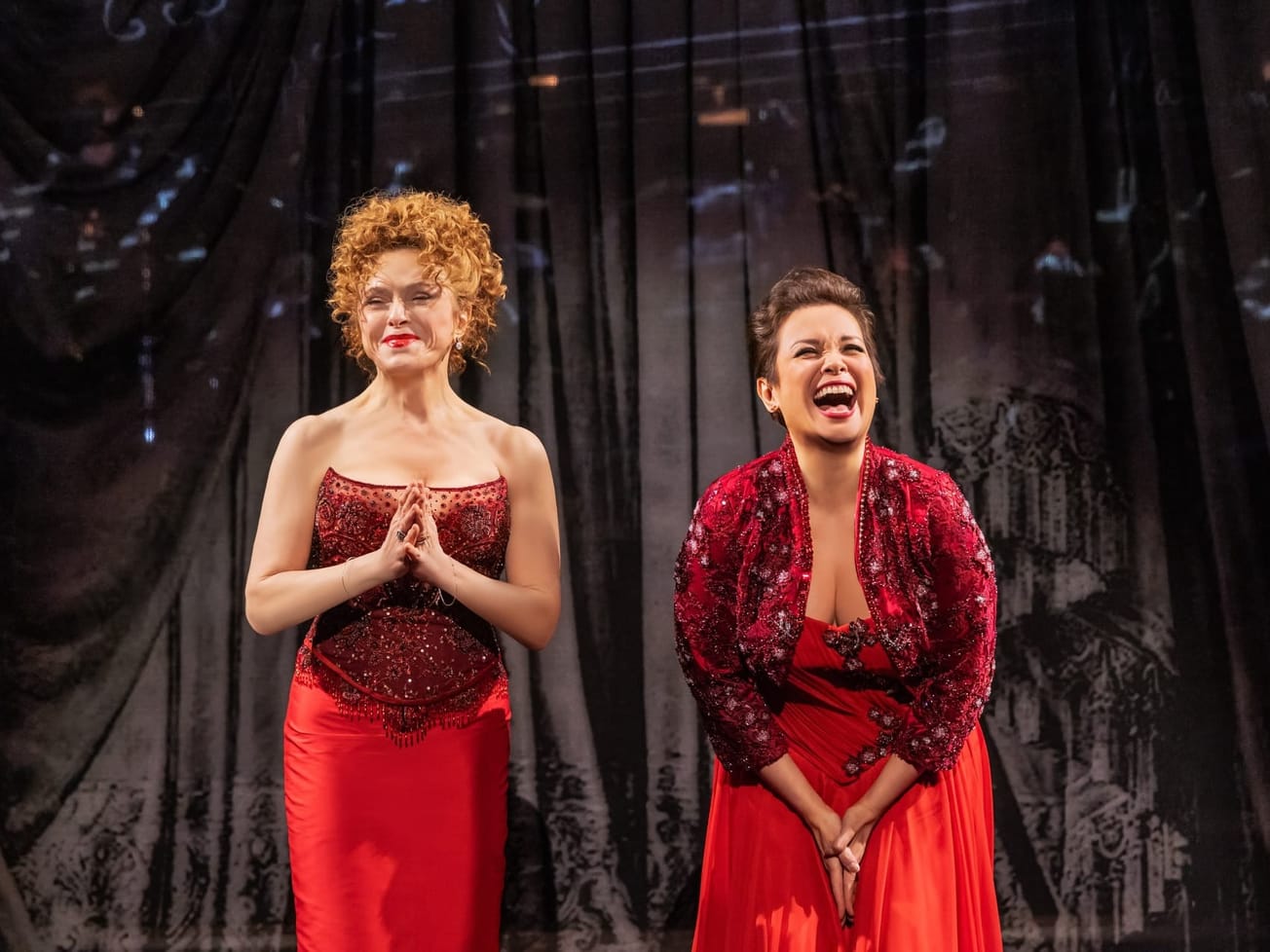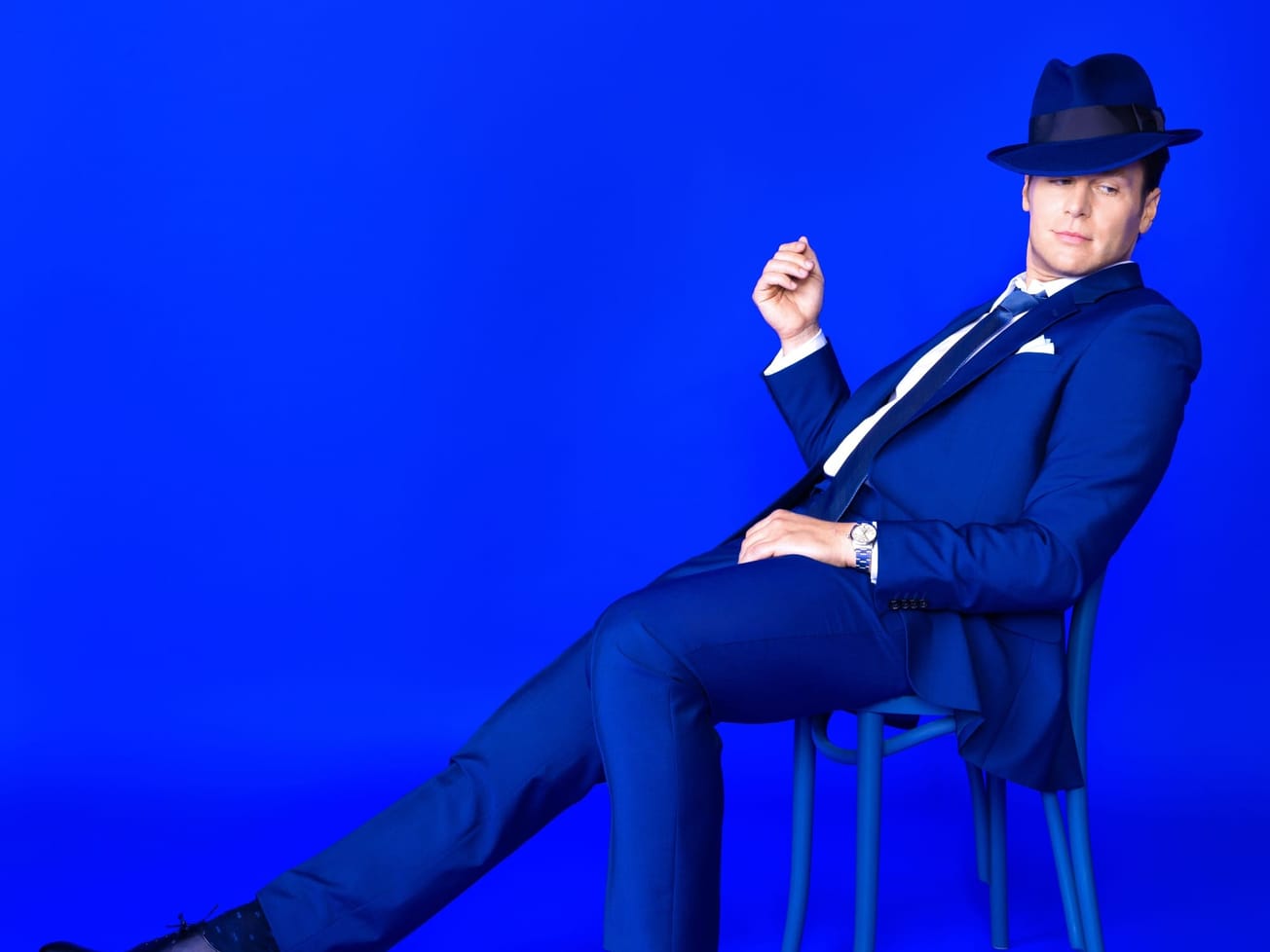“Oh, Mary!” has been the talk of the town since it debuted Off-Broadway one year ago. Cole Escola’s raucous comedy about an alternative path for Mary Todd Lincoln earned raves and transferred to Broadway’s Lyceum Theatre. For their work, Escola won the Drama Desk’s 2024 Sam Norkin Off-Broadway Award, an Outer Critics Circle Award and an Obie. They walked the carpet at the Met Gala, rode a flamingo in the Macy’s Thanksgiving Day Parade and were dubbed the Broadway Briefing’s Showperson of the Year. But as Escola will tell you, the success of “Oh, Mary!” is the result of the full creative team.
During BroadwayCon 2025, director Sam Pinkleton joined scenic designers Andrew Moerdyk and Santiago Orjuela-Laverde of dots, costume designer Holly Pierson, lighting designer Cha See and wig designer Leah J. Loukas for a panel moderated by Broadway News executive editor Ruthie Fierberg. In the first of two parts, learn about the design “mistakes” that make the singular lighting and scenic design of “Oh, Mary!”
Below are excerpts from the Feb. 9 conversation.
Broadway News: Sam, you and Cole worked on a play together in 2012. As the lore goes, you didn’t keep in touch, but Cole reached out to you about “Oh, Mary!” because they felt you were the person to direct it. What was the thing you recognized in them, and that they recognized in you, which signaled, “We’re people of the same sensibility”?
Sam Pinkleton: In the 10 years that followed [that 2012 show], I watched Cole’s stuff on the internet and was like, “Well, this person is singular and maybe going to save us all.” I got a one-sentence email out of nowhere: Cole Escola wrote a play about Mary Todd Lincoln; do you want to read it? And I was like, “That’s a perfect sentence.” I knew before I read it that I both wanted to do it and would clear my schedule for it. I think we immediately really bonded over this intersection of 1) a deep, deep love of theater and the rigor and craft that goes into it and how seriously you take it, and then 2) dumb gay stuff. And I feel like I always get one but not the other. Talking to Cole, I was like, “This is both.” It felt inevitable and natural. Cole is a great collaborator. I think we can all say that out loud.
Would you say Cole had a picture in their mind’s eye and you all jumped off that with your expertise?
Pinkleton: I would complicate that slightly. Cole came with a really strong sense of what [the show] isn’t and what it is, and a really strong sense of the spirit of it.
Holly Pierson: Cole [said], “Imagine that you are at a regional theater and you’re playing a costume designer who’s designing a play.”
I know they told that to all of you! “You are playing designers designing a play.”
Pinkleton: “Pretend that you’re a designer at a regional theater in 1979.” I am pretending that I’m a director at a regional theater in 1979. There was a really specific lens. So I don’t feel like Cole was like, “This is what it looks like.” They’d certainly never said that to me or anyone else, but there were clear boundaries. The printed script has little drawings that looked like when your high school did “Arsenic and Old Lace.” And that’s a clue.
Andrew Moerdyk: It was a clue. If we [had] made it look like the sketches, it would’ve been actually terrible.
Pinkleton: It doesn’t look anything like [those drawings]. Until the night before the first rehearsal downtown, the president’s desk was way off to the side of the stage. I called [dots] and was like, “What if we tried the desk at the center?” If you’ve seen the play, how would we have done that!?

